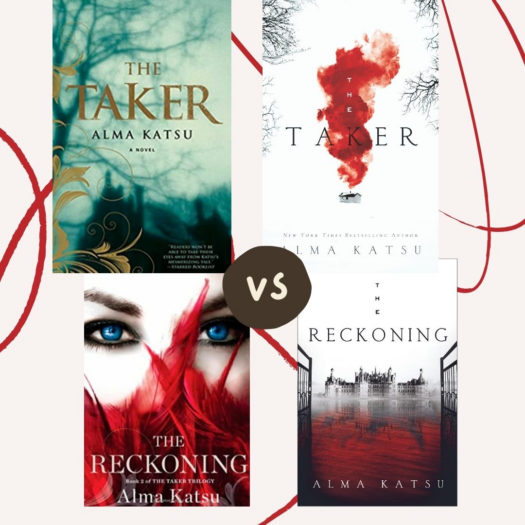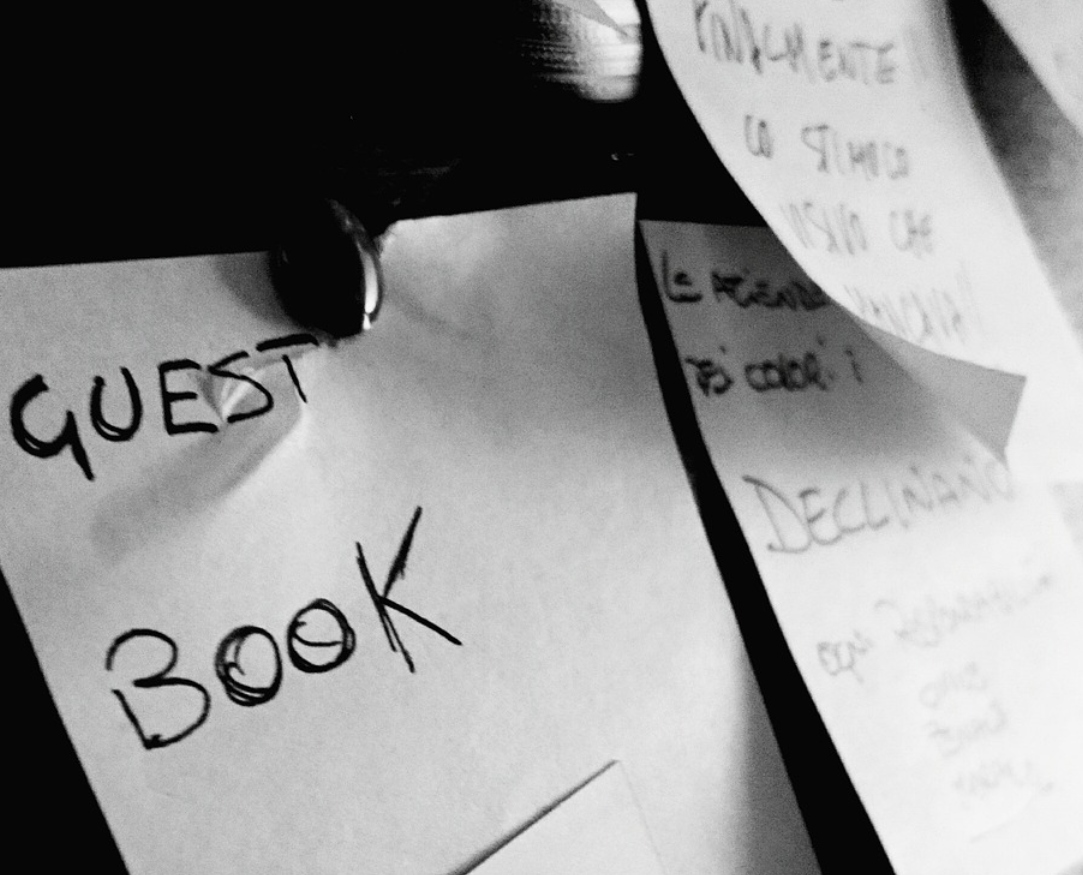What to Expect When Your Novel is Reissued
By Guest | September 22, 2021 |

Please welcome back award-winner author Alma Katsu for today’s post! Alma is the author of six novels, including historical horror (The Hunger) and spy thrillers (Red Widow).
At our invitation, Alma is here to talk about what it means when your novel is reissued–something she is experiencing right now. Her debut, The Taker, was a Booklist top ten debut when it came out in 2011 and was reissued by Gallery Books this year. The Reckoning, the second book in the trilogy, was reissued on September 14. Enjoy!
What to Expect When Your Novel is Reissued
Congratulations! One of your earlier books is being reissued. What should you expect?
Reissues happen all the time, of course, usually for a book that’s been unavailable for a while. Often, it’s released with new material, whether a new cover or afterword. For instance, an older book may come out with a new foreword that puts the book in a cultural or historic perspective. Sometimes they’re given a new, more modern title.
I learned last year that my former publisher was going to reissue my first three books, the first of which was published in 2011. Since the Taker trilogy, I’d moved to a new publisher. Word that the trilogy was going to be reissued came out of the blue, a pleasant surprise and not one I’d anticipated.
What does it mean for me, the author? Foremost, it’s the chance to get the books in front of readers again. They’ve been out of print for a few years. The most exciting part for me are new covers. A new cover gives you the chance to generate some excitement and attract readers who maybe didn’t hear of the book the first time around. We all know how important covers are to book sales. I was never thrilled with the covers for these books, to be frank. It’s not the publisher’s fault: it was hard to capture the essence of books, which are cross-genre. The new covers—at least for The Taker and the second book, The Reckoning, which was re-released on September 14—are much better, I think. They convey the books’ sense of the fantastical and the Gothic.

Maybe the rights are coming back to you and you’re trying to decide whether to reissue them, or get your current publisher interested. In a thought-provoking blog post, Jane Friedman raises a few factors to consider that might not have occurred to you. Maybe you’re rebranding yourself after an uneven career start: new covers might help readers see the books in a new light, one more compatible with your later work. Maybe those early books were a fish out of water when they first came out, but jibe better with current market trends. Or maybe the book got no promotion when it came out.
Of course, the book won’t sell even with a new cover if nobody knows about it. How much to promote a reissue depends on a couple things. First, is a publisher reissuing the books, or are you? I’m not an indie author and so won’t presume to know what’s currently best practice, but my suspicion is that indie authors might be able to get good mileage out of a reissue, whether they reduce the price to entice readers to give the book a try or by giving it away as part of a promotion.
If you publisher is handling the reissue, you should be prepared to not get much promotion. Because chances are—real talk here—that unless your last book made you famous, there’s not going to be a big push from the publishing house. It’s hard for the publicity team to get media interest in a book that’s already out unless there’s some unique angle (say, it’s a beloved classic with a special edition for the 25th anniversary).
It’s up to you to decide how much work to put into promotion. You can ask friends and devoted fans to help get the word out but—my two cents—you should think long and hard before you sink a lot of money into it. If you’re very creative, you might be able to come up with a clever campaign to run on social media to help get the word out. Maybe run a contest for fans to see who can come up with the best TikTok or fanart.
Lastly, as I was researching this article, I was struck by the dearth of articles on the topic which only goes to show, I think, that reissues are not cash cows for most authors.
If you’ve done well with a reissue, or have an interesting experience to share, perhaps you’d share some tips or thoughts below. The floor is yours.










I reissued three novels that the original publisher had, effectively, left on the church steps in a wicker basket. I was able to get better covers (as Alma suggests), and recruited some good writers to contribute Forewords (as Alma also suggests). Promotion was a puzzle I didn’t solve. Reviewers, bloggers, all are interested in the new, and reasonably so. I had pretty low expectations for sales, and have been slightly encouraged — they burble along, selling a bit, producing some income for me, making some readers happy. I’m glad I did it, but not career-changing.
Why would publishers reissue books the sales of which did not previously warrant going back to press? The overlooked part, in my experience, is that what makes the case for reissue compelling most often is fresh titles in the pipeline.
Publishers are not idiots. They know that books consumers are—when they discover an author whose work the like—bingers. They will go back and read all of an author’s previous work, often in order.
Backlist sales are crucial for revenue and audience building. I read the royalty statements and I can tell you that while those sales do not match frontlist sales, they are nevertheless pretty significant.
Thus, what should an author do to support reissues? Easy. Write new novels. Sounds simple, right, and for once it is…well, if you think that writing novels is simple!
Thanks for this post on an important but under-discussed topic.
My publisher reissued one of mine last year and I had respectable sales. But I write category which has a short shelf life in paperback so the extra exposure was good.
My publisher reissued one of mine last year. I had respectable sales but I write category romance which has a short shelf life in paper so the extra exposure was good.
A publisher with two of my titles went bankrupt. (Call them publisher one). The list was bought by another publisher (publisher two) but the rights reverted to me because my contract did not contain a transfer of rights clause and I was able to convince the publisher I was mainly working with (publisher three) to pick up the titles. One of the books had just been reprinted by publisher one and the stock went to publisher two as part of the purchase so I had to wait more than a year for that book to be reissued because copies were being sold, legally, even after the rights had reverted to me. The other book did not have a lot of stock so it was reissued sooner. I learned a lot about publishing contracts and bankruptcy in the process. The publisher that picked up the rights did a good job on the covers. Both books already had traction so it wasn’t necessary to do a lot of promotion. The advance on these reissued titles was small.
I considered myself very lucky to have been able to save those books from oblivion. That bankruptcy was traumatic for a lot of creators, especially the author illustrators who could not easily recreate their work.